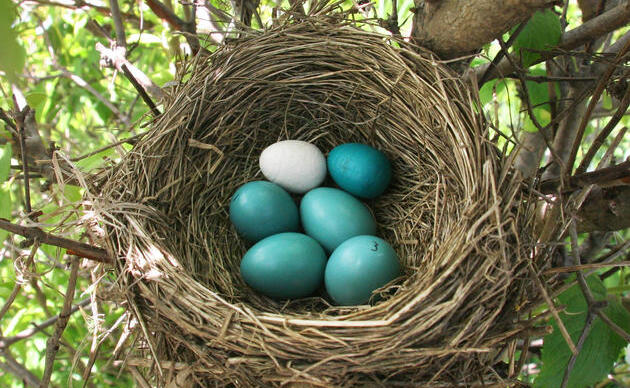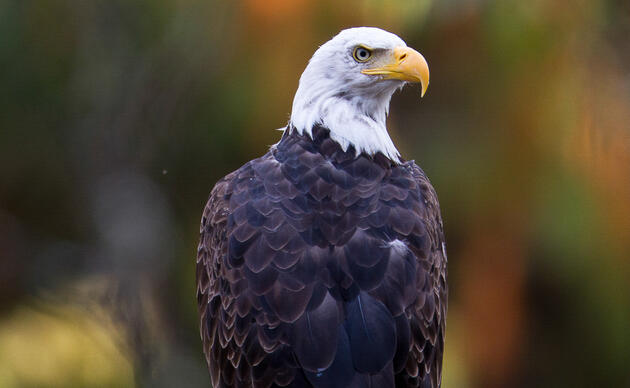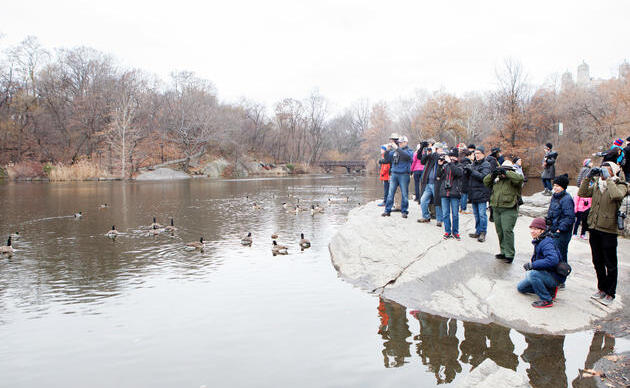St. Paul, Minn. (July 20, 2016) – Audubon Minnesota announced today that St. Paul is now a Bird City, a pilot project within Audubon Minnesota’s Bird-Friendly Communities program. Bird City promotes and celebrates communities that improve bird habitat, reduce threats to birds, and engage their citizens in conservation action.
St. Paul has a long-standing commitment to natural resources conservation and sustainability. Our capital city serves as a great example of how conservation action can be part of community planning and make a real difference towards creating a healthy ecosystem in the heart of a major metropolitan area.
“Birds are a great focus for conservation” said Joanna Eckles, Audubon Minnesota’s Bird-Friendly Communities Manager. “Bird City is bringing people together to make the whole community stronger and healthier for birds and for people.”
In 2011, the City of St. Paul worked with Audubon and local partners to achieve recognition as a US Fish and Wildlife Service Urban Bird Treaty City. Continuing the urban bird conservation work inspired by the Treaty designation, Audubon proposed a Bird City program to Treaty partners, including Anne Hunt, the environmental policy director for St. Paul Mayor Chris Coleman. Hunt’s response was enthusiastic and she immediately volunteered St. Paul to serve as a pilot city. Since then, a team from St. Paul Natural Resources, St. Paul Parks and St. Paul Audubon Society has provided input on the development of the program and application materials.
St. Paul is being recognized for increasing awareness of birds and special birding resources through the creation of Bird Study Materials for the Como Woodlands Bird, for working with citizen volunteers to participate in restoration events, and for coordinating workshops for educators to bring birding curriculum to youth. The City is also being recognized for managing invasive species and encouraging the use of native plants to create bird habitat.
St. Paul has worked with volunteers who maintain and monitor nesting structures for bluebirds, wood ducks, and kestrels. They are a certified Tree City and encourage the use of tree species that are native and beneficial to birds and other wildlife. St. Paul also passed a resolution earlier this year outlining pollinator-friendly actions including eliminating the use of neonicotinoid insecticides and other pesticides that are harmful to pollinators.
Bird City Minnesota is modeled after a successful programs in Wisconsin. Program requirements focus on improving and protecting habitat, reducing threats and engaging the public in outdoor activities. Communities that meet a specific number of best practices are eligible to become a Bird City and can renew annually for as long as they continue their conservation work. Last week, funding to further develop the Bird City program was approved through the Legislative-Citizen Commission on Minnesota Resources (LCCMR).
Over the coming months, Audubon Minnesota will work with the pilot cities of St. Paul and Hastings to assess the results of the initial pilot program. By fall 2016, Audubon Minnesota plans to take Bird City Minnesota applications from interested communities throughout the state.
###
Available for Interviews:
Bird-Friendly Communities Manager
Audubon Minnesota
Media Contact:
Communications Manager
Audubon Minnesota
952-715-1209



